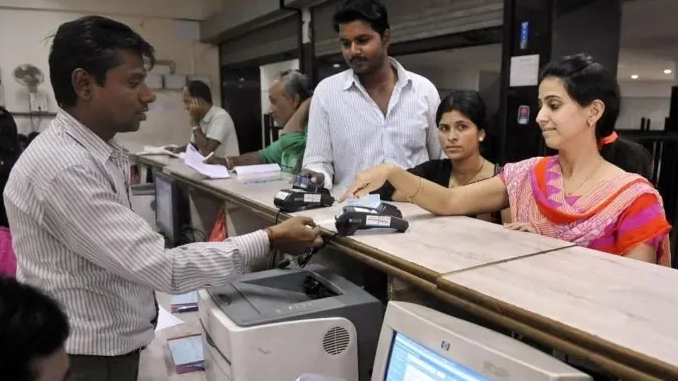
Bank Cash Withdrawal Limit: Every bank has a different cash withdrawal limit. After the free transaction limit, you have to pay a charge for each withdrawal. So, understand these rules first.
Bank Cash Withdrawal Limit: In today’s digital age, people no longer carry large sums of money in their pockets. In a way, the need for cash has diminished significantly. This is largely due to UPI payments, which have simplified transactions.
Even today, in smaller cities and towns, people still prioritise cash payments over online payments. Many people now wonder how many times a month they can withdraw money from their bank account if they need cash.
Each bank sets its own limits for this. Some transactions are free, and after that, you incur a charge for each cash withdrawal. If you have an account with a public sector bank like SBI, PNB, or Bank of Baroda, you typically get 3 to 5 free cash withdrawals.
After this, a charge of 10 to 20 rupees may be levied for each transaction. This limit applies to both ATMs and bank branches. However, private banks like HDFC, ICICI, and Axis Bank offer their customers up to five free withdrawals.
However, if you withdraw money from your bank’s ATM, the limit is slightly higher. Withdrawing money from another bank’s ATM will incur additional charges. The rules also vary by city and village, with ATM transaction limits lower in metropolitan areas.
In rural areas, banks offer more flexibility to customers, so they don’t have to go to the city every time they withdraw cash. This provides convenience to rural customers. Cash withdrawal limits apply not only to ATMs, but also to bank branches.
Some banks allow up to three free counter withdrawals per month. After that, a service charge may apply, which varies according to each bank’s rules. Overall, the cash withdrawal limit depends on your bank, account type, and location.